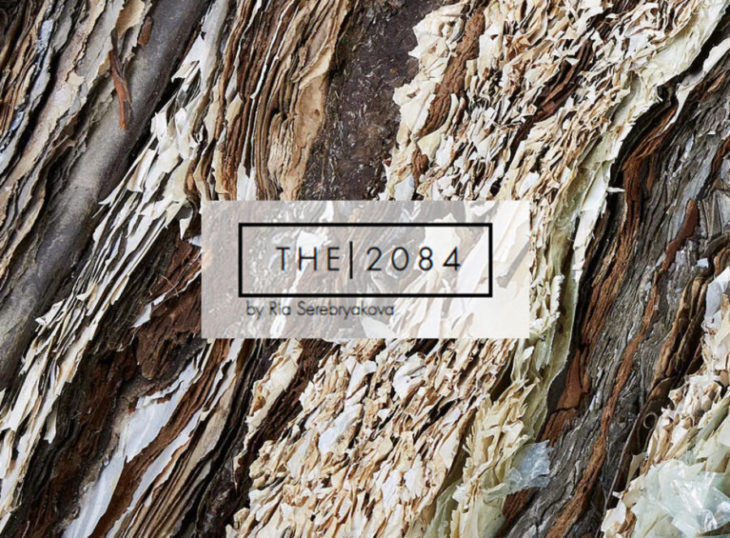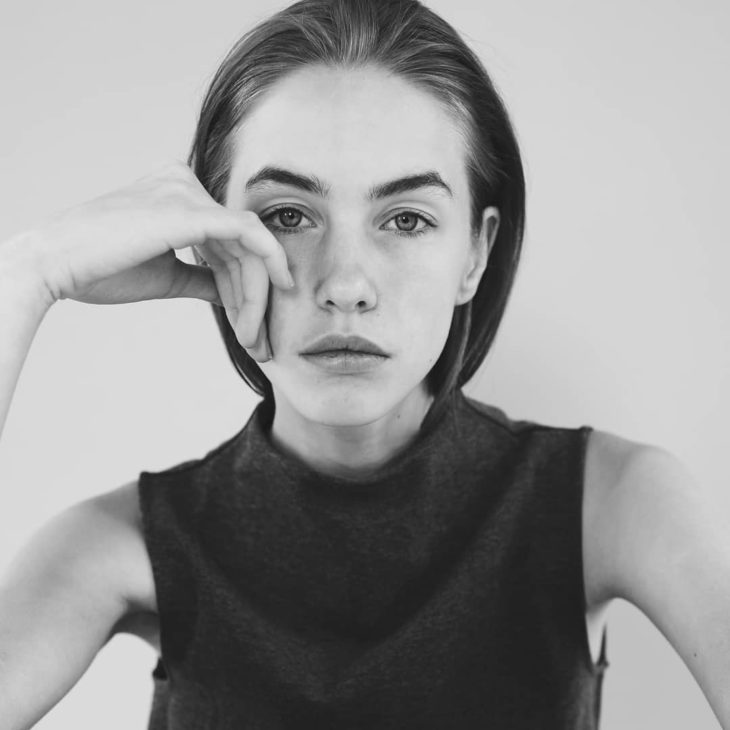New York City’s Van Der Plas Gallery has been the home of some game-changing exhibitions, ranging from Johan Wahlstrom’s paintings illustrating the dangers of extremism to a comprehensive exhibition on comic book art. However, one recent photo exhibition at the Van Der Plas Gallery is making waves for its beauty, overarching mission, and the creator behind the project.
The project is titled “The 2084” and its creator was Ria Serebryakova. Ria, who is a fashion model, created “The 2084” as a way to highlight the large amounts of plastic pollution occurring throughout the world. Held on December 10, the exhibition of “The 2084” was attended by hundreds of people, which included everyone from art experts to those simply curious about Ria’s work. Considering the turnout and enthusiasm towards Serebryakova and her art, we are eagerly anticipating her future work and her continued efforts to make a difference in our world.
Ria Serebryakova: A Talented Model and Creator
View this post on Instagram
Ria Serebryakova isn’t the traditional model. She combines natural beauty, intelligence, and a willingness to engage in pressing issues that will affect our future.
Originally from Russia, Ria began modeling in 2013. At the age of eighteen, she was discovered by a modeling agency, leading to a signature runway appearance for Miu Miu at Paris Fashion Week. With this signature achievement in hand, Ria moved to New York City at the age of nineteen, where she has been ever since. Throughout Ria’s modeling career, she has walked the runway for brands like Dennis Basso, Tory Burch, Gucci, Dolce & Gabbana, and more. But as her profile has grown, she has taken advantage of many opportunities to improve her craft. For instance, Ria appeared in L’Oreal’s “Color & Co Line” and Ray-Ban’s “Never Hide” campaigns. Along with Stranger Things’ Finn Wolfhard and Noah Schnapp, Ria appeared in Harper’s Bazaar, showcasing looks by Céline, Versace and Moschino Couture. Simply put, she is a prominent, up-and-coming model in the fashion world.
The 2084

Source: popdiaries
While Ria has achieved success in the modeling world, The 2084 shows that she is also a skillful artist who isn’t afraid to push creative boundaries.
The name “The 2084” is an allegory to George Orwell’s classic novel 1984. Like the novel, “The 2084” is a dystopian view of what the world will look like if plastic pollution is not curbed. That said, Ria recognized that there are two important sides to the subject.
On one hand, plastic plays a critical role in our development. Plastic is used by nearly every industry and makes our lives easier and more comfortable. But having said this, there are harsh consequences of plastic pollution. Plastic is increasingly found in animals that we consume (like fish). Even if humans were to disappear off of Earth, plastic waste would remain. The damage that we have already caused will extend into the next millennia.
Ria’s photo exhibition presented an emotional, visceral view of the subject. For example, “The 2084” included photos of Ria barely keeping her head above a pool of plastic. The photograms within “The 2084” caused viewers to take some time and think about both sides of the issue. Specifically, the photographs raised questions like whether we can leverage the key benefits of plastic while minimizing the damage to our environment. The answers are difficult and it will take some creative thinking to solve the problem. Nevertheless, “The 2084” helped viewers take the time to think about these questions and how they could do their part—no matter how small—to address the issue.
“The 2084” and Beyond

Source: Instagram
It is admirable that Ria decided to use her profile and creative skills to spark discussion about such a critical, nuanced issue. In our lives, it is all too easy to throw out plastic products without actively considering the consequences of our decisions. We are all busy and have “more important” things to worry about. However, plastic is an important part of our lives. Eliminating it entirely may cause more problems than it solves.
It is with this paradigm in mind that “The 2084” was so important. The photo exhibition brought to life a key environmental issue that many of us don’t consider.
As Ria says, plastic tells our story—both the good and the bad. The longer that we wait to address the problem of plastic pollution, the more difficult it will be to solve it. Ultimately, Ria’s work with “The 2084” was a fantastic way to break through inertia and force us to contemplate the issue of plastic pollution in our world.
